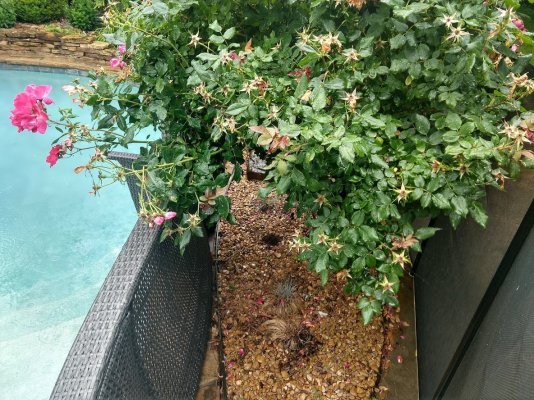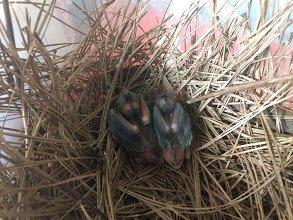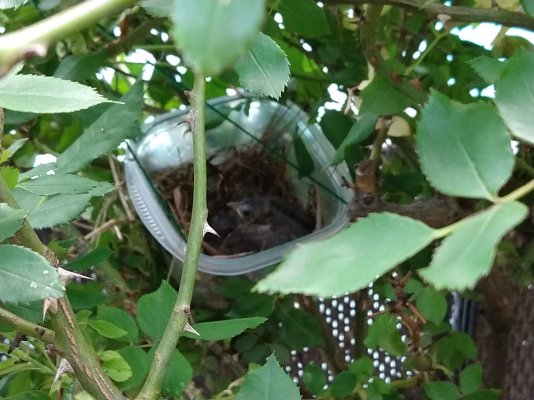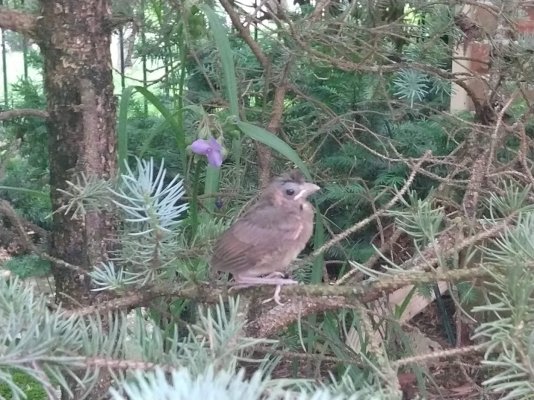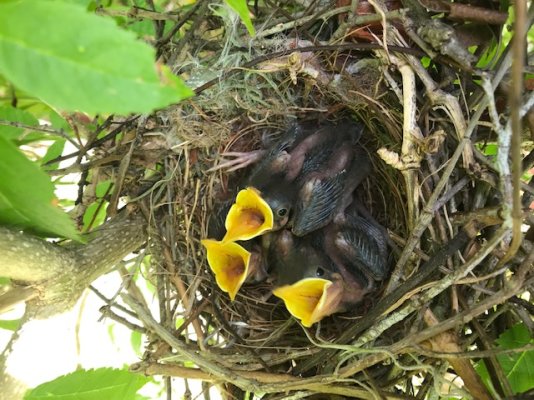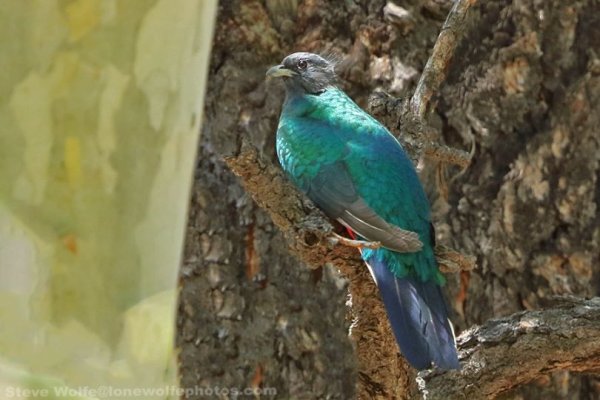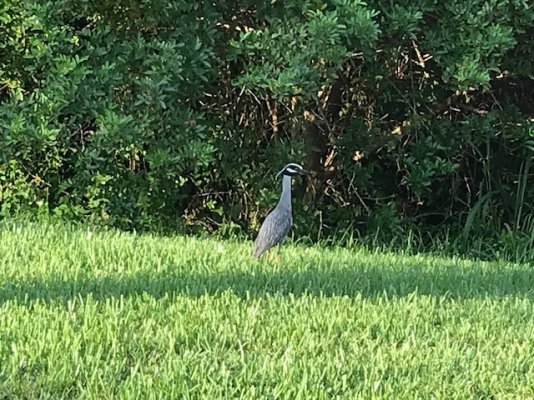51notout
Recycles dryer sheets
- Joined
- Jul 15, 2013
- Messages
- 80
Just over two weeks ago I saw a Kirtland’s Warbler (unconfirmed). It was in a place known as part of a migratory path and I was able to identify its key characteristics (broken eye ring, coloration, etc) but I won’t add to my life list since I was alone and nobody else reported a sighting for that day on ebird.
It’s rare enough that I might never see one again. Birding is tough [emoji57]
Edited to add: now I’m retired I’ll likely go chase one down in Michigan [emoji3]
It’s rare enough that I might never see one again. Birding is tough [emoji57]
Edited to add: now I’m retired I’ll likely go chase one down in Michigan [emoji3]
Last edited:

